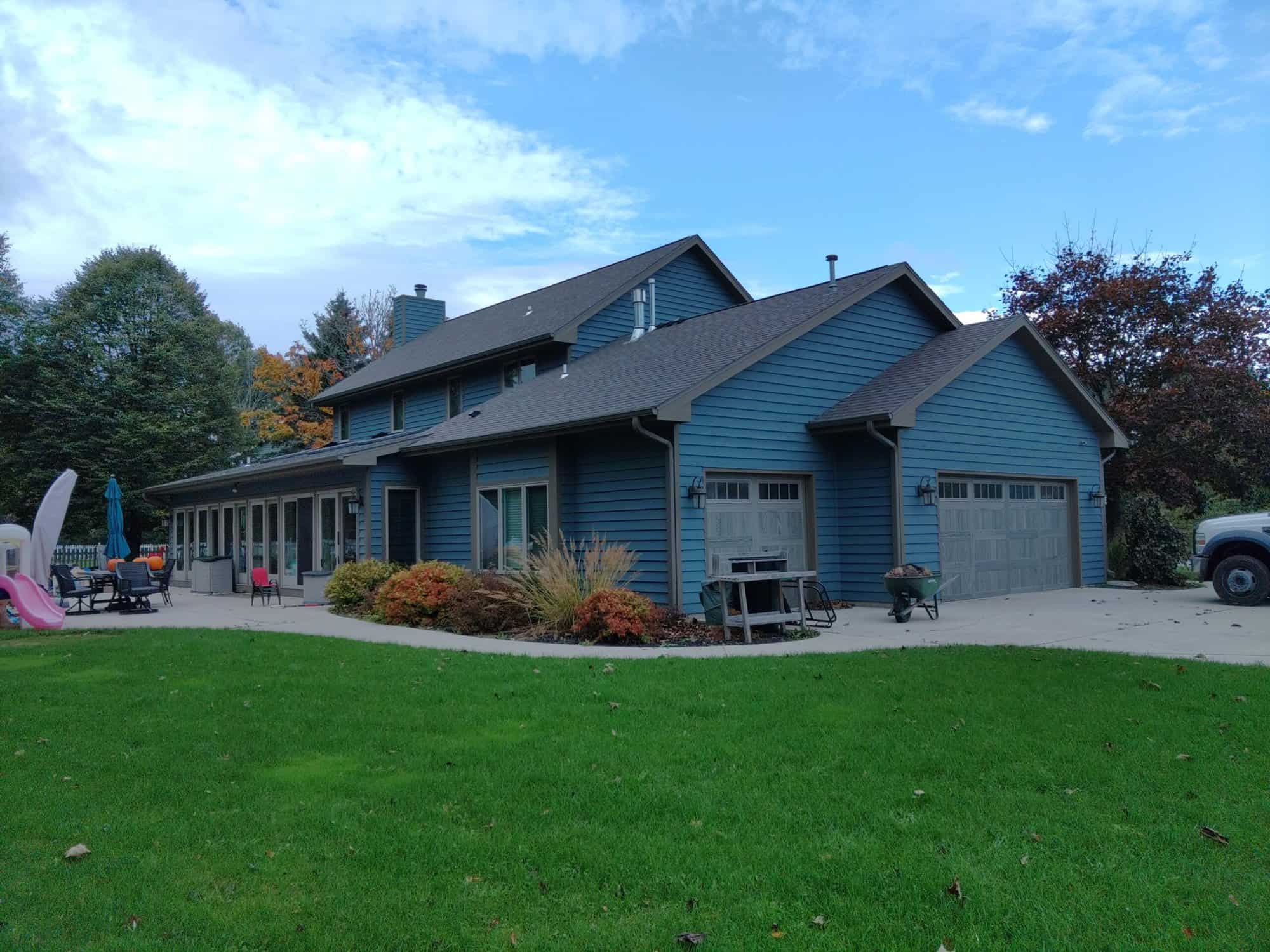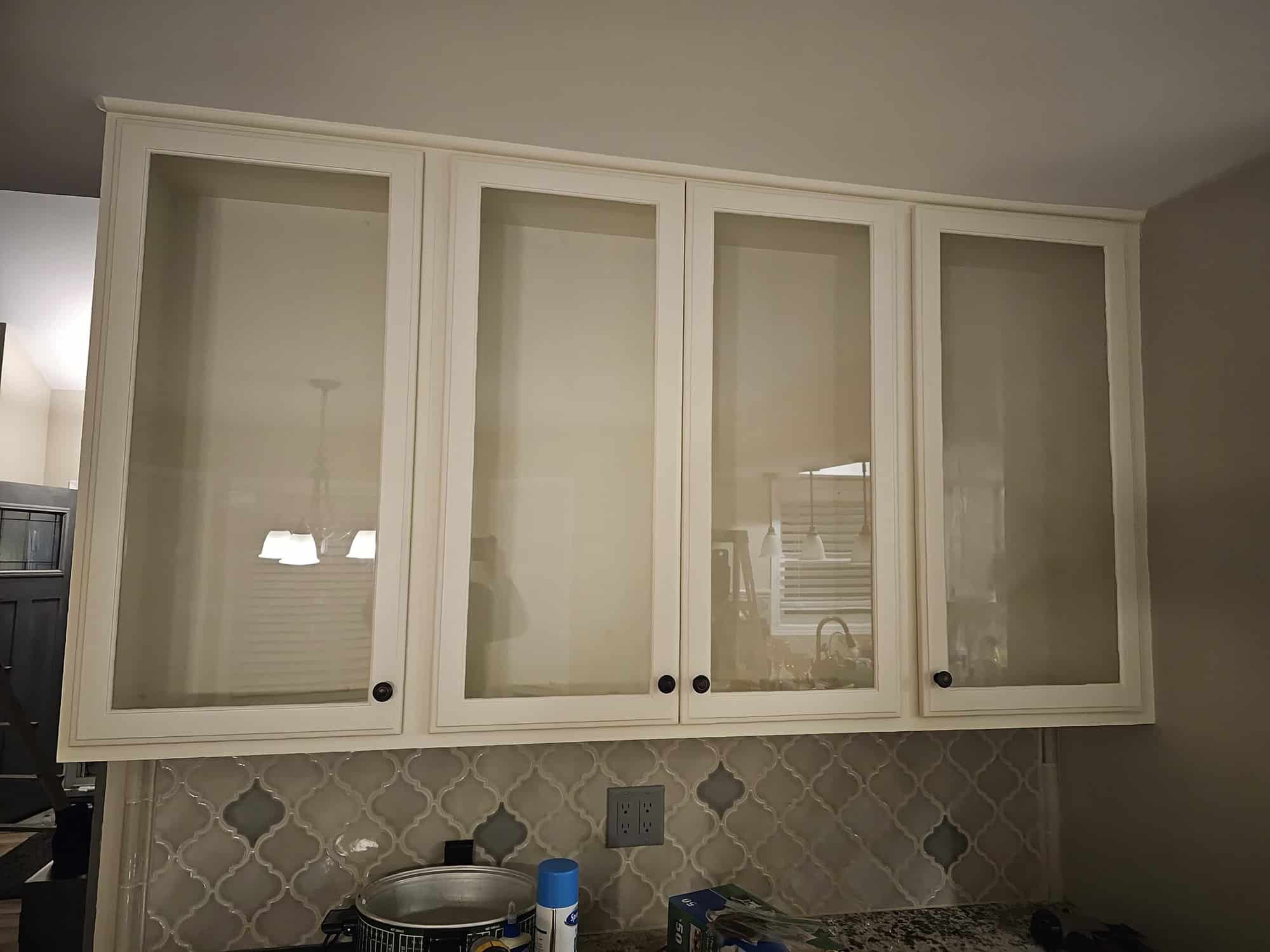Cabinets are the centerpiece of any kitchen, setting the tone for the entire space. While replacing them can be a costly endeavor, a simple staining project can breathe new life into your existing cabinets, transforming the look and feel of your kitchen without breaking the bank. In this comprehensive guide, we’ll explore the world of cabinet staining, from the basics to advanced techniques, ensuring you have all the knowledge and inspiration you need to tackle your next project with confidence.
Cabinet Staining Basics
Different Types of Stains and Their Effects
When it comes to cabinet staining, you have a variety of options to choose from, each with its own unique characteristics and effects. Understanding the differences between these stains is crucial to achieving your desired results.
1. Oil-based Stains: These traditional stains are known for their rich, deep colors and their ability to enhance the natural grain of the wood. They provide a beautiful, long-lasting finish but can be more challenging to work with due to their longer drying times and strong odors.
2. Water-based Stains: Eco-friendly and low in odor, water-based stains offer a more user-friendly experience. While they may not provide the same depth of color as oil-based stains, they dry quickly and are easier to clean up, making them a popular choice for DIY projects.
3. Gel Stains: Offering a unique combination of water-based and oil-based properties, gel stains provide a thick, easy-to-control consistency that allows for effortless application. They can be particularly useful for achieving a more solid, opaque color or for reviving previously stained surfaces.
4. Highlighting Wood Grain vs. Solid Color: Depending on your desired look, you can choose a stain that highlights the natural grain of the wood or opt for a more solid, uniform color. This decision will play a significant role in the overall aesthetic of your cabinets.
Choosing the Right Stain Color and Finish
Selecting the perfect stain color and finish is crucial for achieving a cohesive and visually appealing kitchen design. Consider the following factors when making your choice:
1. Matching Kitchen Style: The stain color and finish you choose should complement the overall style of your kitchen. For example, a rich, warm-toned stain might be the perfect fit for a traditional or farmhouse-inspired kitchen, while a sleek, modern kitchen might call for a cooler, more contemporary shade.
2. Considering Existing Decor and Color Scheme: Take into account the existing color palette and decor elements in your kitchen. The stain you choose should harmonize with these elements, creating a seamless and cohesive look throughout the space.
Tools and Materials Needed
Before you begin your cabinet staining project, ensure you have all the necessary tools and materials on hand. Here’s a checklist to get you started:
1. Sandpaper (various grits), wood conditioner, rags, brushes, and paintbrushes
2. Protective gear (gloves, mask, eye protection)
3. Drop cloths or plastic sheeting to protect surrounding areas
4. Stain of your choice and a clear topcoat (e.g., polyurethane, lacquer) for added protection
Step-by-Step Guide to Staining Cabinets
Preparation
Proper preparation is key to achieving a beautiful, long-lasting stain finish. Follow these steps to ensure your cabinets are ready for staining:
1. Cleaning and Degreasing Surfaces: Start by thoroughly cleaning your cabinets, removing any dirt, grease, or grime that may prevent the stain from adhering properly. Use a degreasing cleaner and let the surfaces dry completely.
2. Sanding and Removing Old Finish: If your cabinets have an existing finish, you’ll need to sand it down to bare wood. Start with a coarse grit sandpaper (80-100 grit) and gradually move to a finer grit (120-150 grit) for a smooth surface. Be sure to sand in the direction of the wood grain for best results.
3. Applying Wood Conditioner (if needed): Certain types of wood, such as oak or pine, can be prone to uneven stain absorption. In these cases, applying a wood conditioner before staining can help ensure an even, consistent finish.
Staining Process
Once your cabinets are properly prepared, it’s time to start staining. Follow these steps for a flawless application:
1. Applying the Stain: You can use a brush, rag, or even a sprayer to apply the stain, depending on your preference and the stain type. Work in sections, applying the stain in the direction of the wood grain, and maintain a wet edge to prevent lap marks.
2. Wiping Off Excess Stain: After allowing the stain to penetrate the wood for the recommended time (typically 5-15 minutes), use clean rags to wipe off any excess stain. Follow the direction of the wood grain to avoid creating uneven patches.
3. Allowing Proper Drying Time: Before applying a topcoat, ensure the stain has completely dried according to the manufacturer’s instructions. This step is crucial to prevent any potential issues with the final finish.
Finishing
To protect your newly stained cabinets and enhance their durability, applying a clear topcoat is essential. Here’s how to do it:
1. Applying a Clear Topcoat: Once the stain has fully dried, apply a clear topcoat, such as polyurethane or lacquer, following the manufacturer’s instructions. This will not only protect the stained surface but also provide a beautiful, long-lasting finish.
2. Protecting the Stained Surface: After the topcoat has fully cured, take steps to protect your cabinets from scratches, scuffs, and other potential damage. Consider adding drawer and cabinet door pulls or handles to minimize direct contact with the stained surfaces.
Troubleshooting
Common Mistakes and How to Avoid Them
Even with the best preparation and technique, mistakes can happen during a cabinet staining project. Here are some common pitfalls and how to avoid them:
1. Improper Preparation: Skipping steps like cleaning, degreasing, or sanding can lead to poor stain adhesion and an uneven finish. Always follow the preparation steps carefully.
2. Uneven Stain Application: Applying stain unevenly or failing to maintain a wet edge can result in lap marks or blotchy areas. Work in small sections and keep a consistent pace.
3. Inadequate Drying Time: Rushing the drying process can lead to discoloration, streaking, or other issues with the final finish. Be patient and allow the stain and topcoat to dry completely before proceeding to the next step.
Fixing Uneven Stain Application or Other Flaws
If you encounter uneven stain application or other flaws, don’t panic. There are ways to address these issues and achieve a seamless finish:
1. Sanding and Re-staining Affected Areas: For small, localized imperfections, lightly sand the affected area and re-apply the stain, blending it into the surrounding areas.
2. Blending Techniques: For larger areas or more significant issues, you may need to employ blending techniques. This can involve lightly sanding and re-staining the entire surface or using specialized blending products to create a smooth transition between areas.
Restoring or Refinishing Stained Cabinets
Over time, stained cabinets may become worn, scratched, or discolored, requiring restoration or refinishing. Here are your options:
1. Stripping and Starting Over: For heavily damaged or severely discolored cabinets, stripping the existing finish and starting from scratch may be the best approach. This process involves using a chemical stripper or sanding the surfaces down to bare wood before re-staining.
2. Maintaining and Refreshing the Finish: Regular maintenance, such as cleaning and polishing, can extend the life of your stained cabinets. If minor touch-ups are needed, you can lightly sand and re-stain specific areas, blending them into the existing finish.
Advanced Techniques
Achieving Specialized Finishes
If you’re looking to take your cabinet staining game to the next level, consider experimenting with specialized finishes that add depth and character to your cabinets:
1. Distressed or Aged Cabinets: Create a weathered, vintage look by intentionally distressing or aging your cabinets. This can be achieved through techniques like sanding, chipping, or even using specialized distressing tools.
2. Layering Stains for Depth and Dimension: Apply multiple stain colors in layers, allowing each coat to dry before adding the next, to create a rich, multi-dimensional finish. This technique can add visual interest and depth to your cabinets.
Staining Different Types of Wood
While many staining techniques can be applied to various types of wood, certain species may require special considerations:
1. Oak, Maple, Cherry, and Other Popular Woods: Each type of wood has its own unique grain pattern and porosity, which can affect how it absorbs and showcases the stain. Experiment with different stain colors and techniques to highlight the wood’s natural beauty.
2. Highlighting Unique Grain Patterns and Colors: Some woods, like quarter-sawn oak or curly maple, have stunning grain patterns that can be accentuated through careful staining. Explore techniques like wood conditioning, glazing, or even using multiple stain colors to bring out these unique features.
Applying Stains with Different Methods
While brushing and wiping are the most common stain application methods, you can also experiment with different techniques to achieve unique results:
1. Brushing for a Smooth Finish: Brushing stain onto cabinets can result in a smooth, even finish, making it a popular choice for those seeking a more polished look.
2. Wiping for a More Rustic Look: Wiping stain onto cabinets with a clean rag can create a more textured, rustic appearance, highlighting the wood’s natural grain and character.
3. Spraying for an Even, Consistent Application: Spraying stain can provide an incredibly even, consistent application, making it a great option for larger projects or those seeking a flawless finish. However, it does require specialized equipment and proper ventilation.
Cabinet staining is a transformative project that can breathe new life into your kitchen without the hefty price tag of a full renovation. By mastering the basics and exploring advanced techniques, you can create truly unique and stunning cabinets that reflect your personal style and vision.
Remember, preparation is key to achieving a flawless finish, and don’t be afraid to experiment with different stains, techniques, and finishes to find the perfect look for your space. With patience, attention to detail, and a willingness to learn, you can unlock the full potential of your cabinets and create a kitchen you’ll love for years to come.
So, what are you waiting for? Gather your supplies, roll up your sleeves, and let your creativity shine through the art of cabinet staining. Your dream kitchen is within reach!







